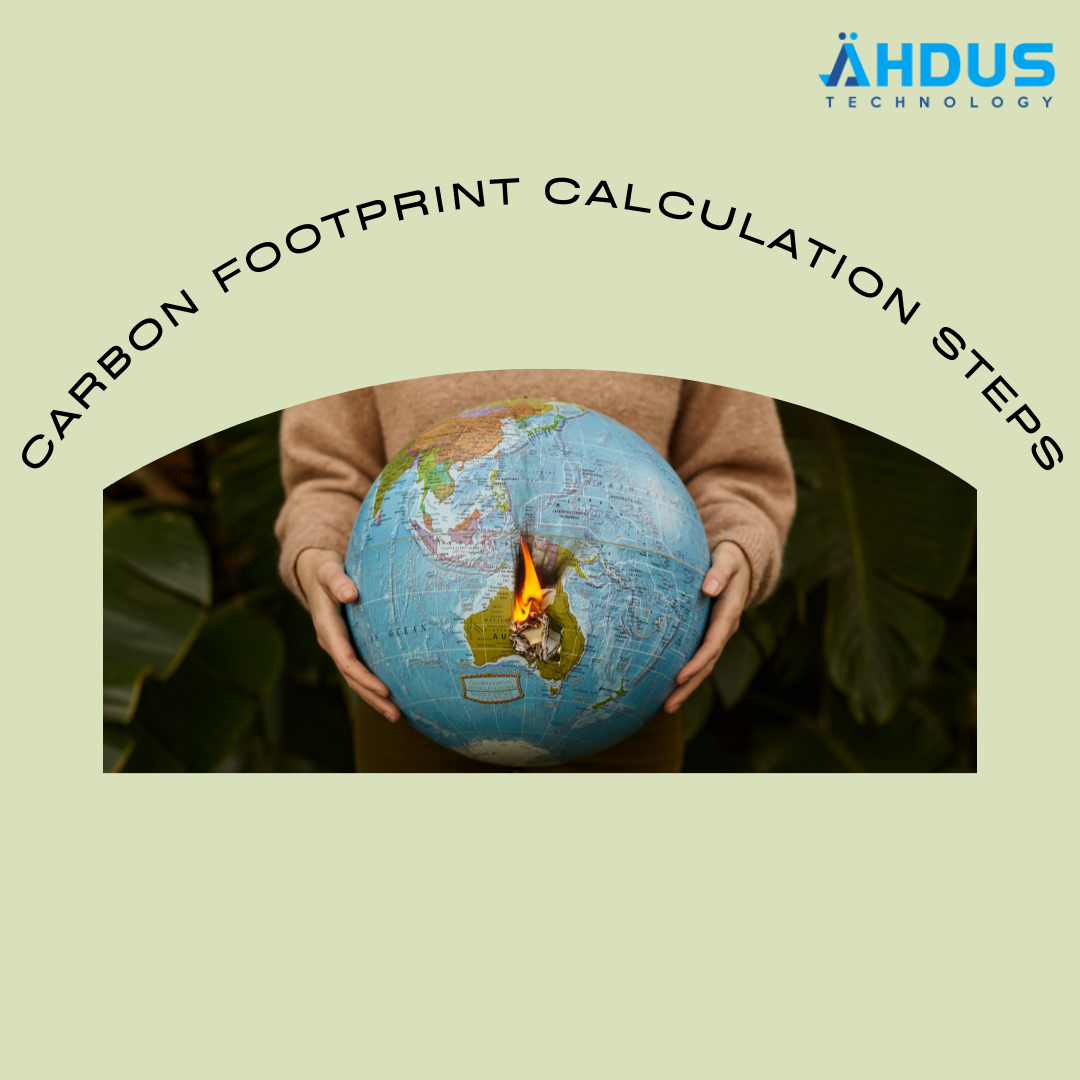CO2 emanations behave like a blanket in the air, catching heat in the environment, and heating up the Earth. This layer prevents the Earth from cooling and consequently raises worldwide temperatures. A worldwide temperature alteration would influence environmental conditions, food and water supplies, weather, and ocean levels. Let us show you our contribution in eventually lowering down the co2 emissions by offsetting co2.
Let’s pick one big aspect of Co2 emission, transportation and traveling via different means.
FLIGHT CARBON DIOXIDE EMISSION:
Climate change and flying: which portion of worldwide CO2 discharges come from flying? Flying is an exceptionally controversial subject in climate discussions. It accounts for around 2.5% of worldwide CO₂ outflows, yet 3.5% when we consider non-CO₂ impacts on climate. How we help calculate, your flight Co2 emissions is given below:
The flight emission calculator quantifies the direct and indirect CO2-equivalent emissions per passenger for a given flight distance. The estimated emissions represent an average value for the distance between a given pair of origin and destination airports. The quantification is based on the most recent international statistics on passenger and cargo loads and aircraft type usage. The estimated emissions per passenger represent the amount of CO2 equivalents to be reduced in K2 carbon footprint offset.
Calculation principles
The K2 flight calculator determines the quantity of CO2 emissions that an airplane gives off per passenger for a given flight distance. Nitrogen compounds and aerosols are also included and converted into CO2. The calculation is based on average consumption data for typical short-haul and long-haul airplanes. The calculation also considers whether you are flying economy, business, or first class.
The following steps we used in the flight calculator:
- User input. Coordinates for Departure and Arrival cities.
- Using latitude/longitude coordinates we calculated travel distance in km.
- Total fuel consumption (kg) per aircraft per kilometer including reserved fuel.
- Cabin class weighting scheme is also included (Economy, Business, and First class)
- Allocation to the Cargo load
Using the formula below we calculated the total CO2 emission for flight in Ton metrics
𝑬 = 𝒂𝒙 𝟐 +𝒃𝒙 +𝒄 𝑺 ∗ 𝑷𝑳𝑭 ∗ (𝟏 −𝑪𝑭) ∗ 𝑪𝑾 ∗ (𝑬𝑭 ∗ 𝑴 + 𝑷) + 𝐀𝐅 ∗ 𝐱 + A
E: CO2-eq emissions per passenger [kg]
x: Flight Distance [km] which is defined as the sum of GCD, the great circle distance, and DC, a distance correction for detours and holding patterns, and inefficiencies in the air traffic control systems [km]
S: Average number of seats (total across all cabin classes) PLF: Passenger load factor
CF: Cargo factor
CW: Cabin class weighting factor
EF: CO2 emission factor for jet fuel combustion (kerosene)
M: Multiplier accounting for potential non-CO2 effects
P: CO2e emission factor for preproduction jet fuel, kerosene
AF: Aircraft factor
A: Airport infrastructure emissions
Note:
LTO: Fuel consumption during landing and takeoff cycle including taxi [kg]
Short haul flight is defined as x < 1500km and long-haul flight as x > 2500km.
Carbon Footprint Car calculation steps
In transportation, another subcategory of Co2 emission is by traveling through cars which are around 4.6 metric tons
A regular traveler vehicle emanates around 4.6 metric lots of carbon dioxide each year. This expects the typical gas vehicle out and about today to have an efficiency of around 22.0 miles per gallon and cruises all over 11,500 miles each year. Each gallon of gas consumed makes around 8,887 grams of CO2.
The car emissions calculator quantifies the direct and indirect emissions per vehicle for a given distance traveled. The calculated emissions are based on the Eco invent life cycle assessment database and various mobility statistics. The aim is to provide users with a simple application, through which they can detail their car journey by inputting a few specifics and obtain a calculated result to raise awareness and lead to offsetting. The resulting emissions correspond to the amount of CO2 equivalents that can be reduced in K2 carbon offset projects.
Calculation principles
The K2 car calculator determines the CO2 emissions of a car that arise during a car journey. The calculation is made per car and not per person. It not only considers the direct emissions arising from fuel combustion but also so-called grey emissions. These arise from the production of the vehicle, the provision of road infrastructure, and the extraction, transportation, and processing of the crude oil.
The following steps we used in the car calculator:
- User input distance traveled (km) from point A to B
- Fuel type
- Fuel consumption in kg per 100km
- Car type (Compact car, Mid-range car, Luxury / SUV / Truck)
 Team Ähdus heading to Viva Tech Paris - 11th to 14th June 2025
Team Ähdus heading to Viva Tech Paris - 11th to 14th June 2025


